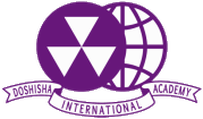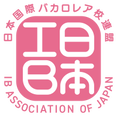Language & Literature (English / Japanese)
This course aims to improve and develop reading, writing, speaking, analysing and critical thinking skills.
Language and Literature is offered in English, and Japanese. The course also prepares students for the challenge and rigour of the Extended Essay, Theory of Knowledge, and university applications. The course analyses literature and the media; it is offered in Higher Level (HL) and Standard Level (SL) form.
Students may choose between (HL) and (SL). The (HL) course requires the study of 6 literary texts, and (SL) 4. Language and Literature comprises four parts - two relating to the study of language, and two to the study of literature.
The overarching aims of the course are to:
Language and Literature is offered in English, and Japanese. The course also prepares students for the challenge and rigour of the Extended Essay, Theory of Knowledge, and university applications. The course analyses literature and the media; it is offered in Higher Level (HL) and Standard Level (SL) form.
Students may choose between (HL) and (SL). The (HL) course requires the study of 6 literary texts, and (SL) 4. Language and Literature comprises four parts - two relating to the study of language, and two to the study of literature.
- Part 1 (Language in a Cultural Context) requires the study of short texts from a variety of sources, genres and media (cartoons, blogs, opinion columns, newspaper articles etc).
- Part 2 (Language and Mass Communication) also requires the study of a variety of texts chosen from different sources, genres and media (political speeches, propaganda, advertisements etc).
- Part 3 (Literature—Texts and Contexts) requires the study of 2 (SL) or 3 (HL) literary works.
- Part 4: (Literature—Critical Study) requires the study of 2 (SL) or 3 (HL) literary works.
The overarching aims of the course are to:
- Develop in students the ability to engage in close, detailed analysis of individual texts and make relevant connections.
- Develop the students’ powers of expression, both in oral and written communication.
- Develop in students an understanding of how language, culture and context determine the ways in which meaning is constructed in texts. Students are encouraged to think critically about the different interactivities between text, audience and purpose.


